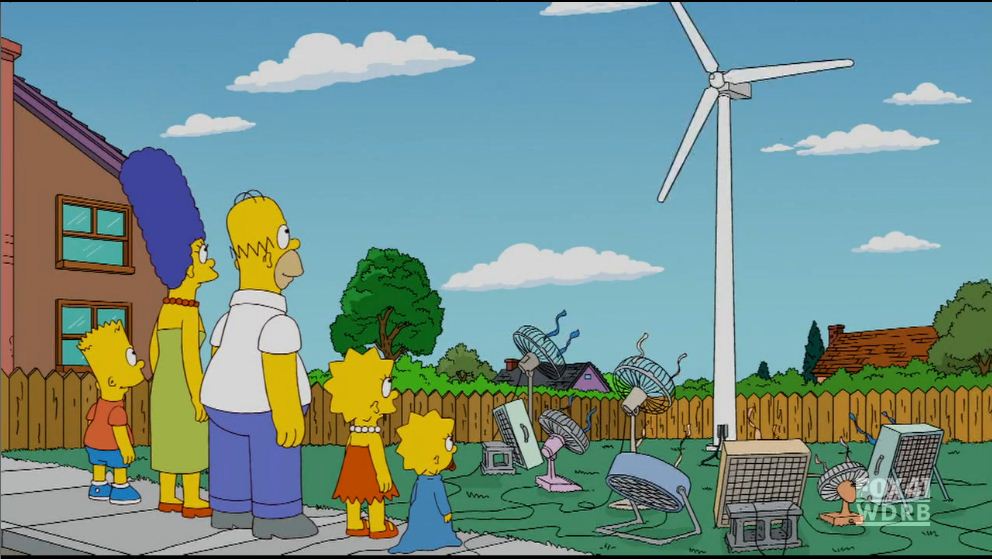We talked a little about points, or discount points, the extra you pay at closing to get a lower interest rate on a loan.
There are two terms we need to define:
- Point--1% of the loan. It is not atypical to find fractions of a point added on.
- APR just the interest on the loan itself
- APY takes into account compounding interest. This is the rate considering the total costs--additional fees, points, etc. The "real" rate, since it takes into account all the other factors.
So, if there are points, your APY goes up, because your total cost is higher.
The moral of the story here is that you should consider these factors when deciding which mortgage is best for you. There are various calculators and tools online to help you decide.
Profit!










